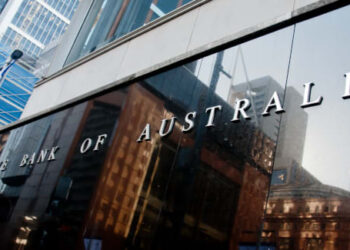Platinum Asset Management has announced a formal strategic review into Platinum Capital (PMC) and Platinum Asia Investments (PAI) over the next four months as it seeks a more profitable, streamlined structure under its turnaround program.
In an ASX announcement on Friday, the firm said it had observed a trend away from closed-ended investment vehicles, “particularly those that lack sufficient scale to generate the liquidity required to maintain share prices close to the underlying net tangible assets” in the last few years.
Unfortunately, PMC and PAI have not been immune from the effects of this general market sentiment, it said, alongside announcing a “broad” strategic review into the strategies.
According to Platinum, the PMC and PAI boards have sought to create shareholder value through various capital management initiatives, including the issue of bonus options in April 2023, and the operation of an on-market “10/12 limit” share buyback which has been extended for a further 12-month period.
However, both strategies have continued to trade at persistent share price discounts despite these actions.
Additionally, it highlighted that as per PMC’s constitution, a sunset clause exists that must be tested every five years – on the last business day of the calendar month following each fifth anniversary of the date of quotation of PMC’s shares. Given PMC was listed on 29 June 1994, the next assessment date is 31 July 2024.
“The sunset clause states that if by the assessment date, PMC’s share price is trading at an ‘average discount’ of greater than 15 per cent of PMC’s net asset value measured over the 12 calendar weeks preceding the assessment date, the PMC board must call a general meeting of members within 90 days to vote on, amongst other things, all necessary resolutions to effect a voluntary winding up of PMC,” Platinum explained.
“In light of this, the PMC board will be undertaking a formal strategic review of the options available for PMC to maximise value for PMC shareholders as a whole, as will the PAI board, with the primary objective of reducing the share price discount to pre-tax NTA.
The scope of the review of PAI and PMC will be “broad”, Platinum explained, and will consider options to build scale and/or convert to an open-ended fund structure allowing investors to trade at or close to net asset value.
“There are complex legal, tax and operational issues that need to be considered, which will take time to work through,” it added, noting the PMC and PAI boards will “carefully evaluate all possible options available to it and anticipates being in a position to announce the outcome of the strategic review within the next four months”.
Earlier this year, Platinum had announced an urgent two-part “growth and reset” turnaround program, with the short-term “reset phase” over one to four months to include alignment of its expense base to current revenue conditions, review of product offering, renewal of client communication strategy, deep examination of its investment platform, and review of the remuneration framework.
Meanwhile, a second, longer “growth phase” would implement recommendations, build improved product and distribution capabilities through new channels, explore inorganic and organic growth opportunities for diversification, and complete back-office outsourcing projects.
In an update last week, Platinum chief executive, Jeff Peters, confirmed the firm has already completed a reorganisation of its investment team and has identified opportunities to enhance its risk management tools.
As at 31 March 2024, Platinum’s funds under management stood at $15.4 million, down from $15.5 million at the end of February.
It saw net outflows of around $527 million in March 2024, including net outflows of approximately $467 million from the Platinum Trust Funds.
These reflected approximately $200 million of the $1.4 billion of expected outflows expected amid a mandate loss of “one large client” announced in March.







